Globalization in a Mug
How Coffee Explains the World, Why Your Morning Java is More Costly, Why Brazil Is Vital To Your Daily Fix, "Starbucks-istan," The World's Iconic Cafes, and Other Coffee Thoughts
Every day, I join billions of people in practicing a global morning ritual: I drink a cup of coffee. With some 2.25 billion cups consumed every day worldwide, coffee is one of the world’s most popular beverages and the second most traded commodity globally, just behind crude oil.
Born in the Red Sea cross-currents of Ethiopia and Yemen more than a millennium ago, introduced to the world from Arabia centuries later, and spread by European traders to the far corners of the world, that morning jolt of caffeine is part of a $466 billion industry that links more than 25 million coffee producers, mostly smallholders in low and middle-income countries from Brazil to Vietnam, to a wide-ranging supply chain of shippers, traders, roasters, grocery stores, cafes and, eventually, to your cup. That’s globalization — and history — in a mug.
Here in the United States, we are the largest consumers of coffee in the world by volume, though not the largest on a per person basis. That title goes to coffee-crazy Netherlands, followed by a gaggle of Scandinavian and northern European countries. Finns and Swedes drink more than twice the amount of coffee per person than the average American, though millennials are ensuring a bright coffee future (41% of them reported spending more on coffee than on retirement accounts).
There’s also a rising coffee culture in traditional tea-drinking parts of the world, notably across East Asia. Before the pandemic, Starbucks had begun a massive expansion program across China. At one point in 2018, Starbucks was opening a new coffee shop in China every 16 hours.
If you bought your coffee from a Starbucks or any cafe recently, you may have noticed a subtle, but unmistakable rise in your morning jolt. As commodity prices rise worldwide, coffee has been one of the fastest rising.
Take a look at this graphic from the FT this week
As you can see, coffee futures are up 51.7% over the past two years. They also hit a 4 1/2 year high on Friday. Only pork futures have risen higher than coffee since 2019.
An excellent Wall Street Journal video takes you through the world of coffee supply chains and the reason prices are rising. The video notes that the average coffee drink in the U.S today is $4.50, a 17% rise from the $3.85 you shelled out in 2016. This 17% rise is also higher than general inflation of 10% over this same period.
The video attributes several factors to the rise of coffee prices today. Shipping disruptions caused by a container shortage in Southeast Asia have pushed up freight rates, making the transport of coffee beans — and all commodities — more expensive. Hurricanes and flooding in Nicaragua and Honduras last year destroyed roads and infrastructure, blocking or slowing trade routes to the U.S, pushing coffee futures up. Finally, a recent drought in Brazil — the world’s top producer — knocked out 30% of the Arabica crop, also pushing futures prices upward.
The video points out, however, that we haven’t seen the end of coffee inflation. Several factors, including a slowdown in Brazil production and unusually low crop yields that will fail to meet rising demand could spur an even sharper price rise at your local cafe within the next 6-9 months.
Fortunately, for producers in the world’s Coffee Belt countries, the demand for java remained strong even through the pandemic shut-down of cafes. People just bought more coffee for at-home use.
Coffee, it seems to me, offers us a revealing glimpse into our $90 trillion global economy and its dizzying supply chains. Previously, I wrote “Globalization in a Needle,” a column about the vast supply chains that feed into pharmaceutical products, most notably the Pfizer-BioNTech shots I was privileged to receive recently. Some of you kindly asked me about other examples of globalization that might be similar, and it struck me that coffee is a good one.
The coffee trade not only tells a story of our vast $19 trillion global trading system, but it’s also rich in history. For a neat look at the Islamic world origins of coffee and the view of the black liquid in 16th and 17th century Europe as an exotic, almost villainous import from another world, see this fascinating piece by Neha Vermani. (Hat tip to the great Hisham Melhem for pointing this piece out on Twitter).

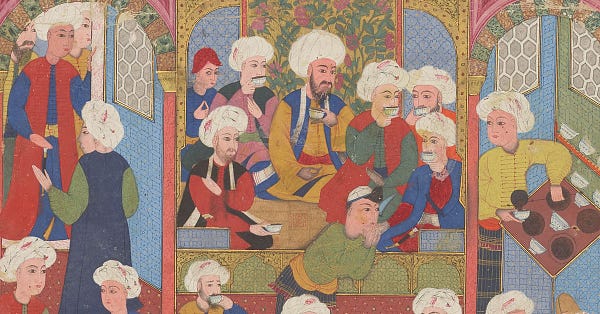
She writes: “The 15th-century coffee trading network was based in the Red Sea region with the Yemeni port of Mocha as its focal point. Mocha received its supply from the Ethiopian highlands in northeast Africa, the natural habitat of what is now known as Arabica coffee. By the 17th century the English East India Company and the Dutch East India Company had infiltrated this trade, hitherto operated by the Arab, Cairenes, and Turkish merchants.”
This trade, what she calls “the process of severing Islamic roots of coffee was set in motion.” She continues: “By the 18th century, the English, the Dutch, and the French had succeeded in transporting and transplanting coffee seeds to their colonies in Indonesia, South India, Sri Lanka, and the Caribbean. Consequently, the Java, Malabar, Ceylon, and Jamaican coffee beans took over the global market. While these coffees, much like the caffè mocha, derive their names from their trade ports of origin, their association with European masters was undeniable.”
Now, with that history in mind, take a look below at a map of the world’s coffee producing countries (from seasasia.co).
The map is a living testament to the European traders who were the first coffee globalizers, taking bean for planting to other parts of the world with temperate climates. Coffee drinking and the coffee house culture that arose in northern Europe in the late 17th and 18th century also contributed to the Age of Reason. As the author Tom Standage wrote in his delightful work, A History of the World in Six Glasses, coffee became an Enlightenment-enabler, “the preferred drink of scientists, intellectuals, merchants, and clerks” and the drink that replaced weak beer and wine as the morning ritual. Beer and wine were “far safer to drink than water,” Standage wrote, but a poor start to the day for the Age of Reason and Science.
Coffee came to be seen “as the very antithesis of alcohol, sobering rather than intoxicating” and “those who drank coffee instead of alcohol began the day alert and stimulated, rather than relaxed and mildly inebriated, and the quality and quantity of their work improved.” As such, Standage wrote, “ Western Europe began to emerge from an alcoholic haze that had lasted for centuries” and the Scientific Revolution was partly fueled by the coffee bean first discovered in Ethiopia and Yemen.
Europe has never looked back, especially northern Europe. Take a look at this list of the top ten coffee-drinking countries per person, via Statista.
Virtually all of them, except Brazil, are north of the Coffee Belt.
Now, check out this chart from the German Coffee Association in Hamburg. It lays out the Coffee Belt in more detail, particularly showing those countries that produce the more delicate and expensive Arabica beans (green), those who produce both Arabica and Robusta (yellow), and only Robusta (red). As its name would indicate, the Robusta bean is, well, more robust and able to withstand rising temperatures.
Thus, climate change could hit your morning coffee, especially if you prefer Arabica. As the BBC reported, “As temperatures rise, good coffee will become increasingly difficult to grow. Studies suggest that by 2050, about half of land used for high-quality coffee will be unproductive.”
Coffee’s origin story is shrouded in some myth and history, but most accounts point to Yemen or Ethiopia or both - somewhere along the Red Sea region that connects northeast Africa and the Arabian peninsula. Today, there’s a good chance your coffee came from one of the top twenty producing countries, seen below (via BBC, from 2017-18, but rankings have remained roughly the same today)
Brazil tops the list by far. In fact, Brazil has topped the list long before Top Ten lists became an internet thing, or before the internet itself, or the personal computer, or before the telephone. You get the picture. Brazil has been the world’s top coffee producer for more than 150 years.
So, what happens in Brazil matters a great deal to the world of coffee, and the price of your coffee. The country is in the midst of severe drought and "faces its worst dry spell in 91 years,” as Reuters reports. This dry spell has already hit the 2021 crop and could reduce the 2022 crop as well, Reuters noted.
Coffee is often depicted as one of the more price inelastic commodities - which essentially means that modest price rises will not deter buyers because there is no real, effective substitute. That inelasticity will be tested over the next year.
If Brazil is the top dog of coffee producers, Starbucks takes that prize among coffee shops. The sun never sets on the Starbucks empire. Take a look at this global map of Starbucks-istan.
Not bad for a small company founded by three friends in Seattle to sell coffee beans, tea, and spices.
Today, Starbucks is not just a global coffee chain, but the latte has also become an economist’s tool. Varying Starbucks indexes have emerged to measure the strength of local currencies by comparing the price of a latte around the world. The Finder.com Starbucks Index points out that you’re best deal for purchasing a latte would be in Istanbul, and your most expensive would be Copenhagen. New York city clocks in as the 16th most expensive city for a latte.
And all of this goes back to somewhere along the Red Sea some fourteen centuries ago when the coffee bean was first discovered, and the long journey of that bean over centuries from Africa to Arabia to Europe and Asia and South America, and all along our global, high-tech supply chains, feeding an industry that supports between 600-800 million for full or partial employment, until it finally reaches your cup.
So, take a sip, and enjoy your globalization - and history - in a mug.
Have a great weekend and week ahead.
Afshin
Dear friends, colleagues, and fellow travelers
Thank you for subscribing, and for sharing some of these articles on social media, or forwarding to friends and colleagues.
If you are not a subscriber and you are interested in globalization, emerging markets, geopolitical risk and stories like this, and would like to receive our round-up of top emerging markets stories, the weekly Emerging World column (above), and occasional thought leader interviews (we have a good one coming up)…subscribe (at no cost) by putting your email in below…
Iconic Indian Coffeehouse on the Verge of Shut-Down
The iconic Indian Coffeehouse (ICH) in Shimla is on the verge of shutting its doors permanently due to the Covid-19 pandemic hit to the popular cafe. Outlook India reported that “the staff at ICH has not been paid for the past year” and “most of the staff members who come from Uttarakhand and UP have families back and are unable to meet their monthly expenses.”
The iconic coffeehouse “attracts a clientele that includes intellectuals, government servants, politicians, etc., and even saw Prime Minister Narendra Modi’s surprise visit in December 2017.”
“We are in dire need of support. The lockdown has broken our back and thus we are unable to stand and operate anymore. The time is really running out for us and we may disappear from Shimla’s landscape soon”, Atma Ram, ICH manager, told Outlook India.
Caffe Florian in Venice Reviving?
Another iconic coffeehouse, the Caffe Florian in Venice was also on the verge of shutting down due to the pandemic. The institution that has survived revolutions, insurrections, world wars, and more for 300 years nearly got wiped out by Covid. But it looks like they are now open again and on their feet. Good news.
Cafe Naderi in Tehran
Speaking of iconic cafes, I re-discovered this excellent piece by Negar Azimi in Bidoun on the legendary Iranian establishment, Cafe Naderi and its associated hotel. (Photo from escapefromtehran.com)
An excerpt:
“At Café Naderi, the Turkish coffee continues to run delightfully thick and the crème glace is delicious. Brooding young side-burned boys toting works by the deceased Iranian literary goddess cum cult figure Forough Farokhzad cavort with cute girls sporting Tajik headscarves (all the rage) and contemporary art books in translation. Tweed-clad, aging artists, poets and self — appointed authorities on a variety of topics are staples, and émigrés and exiles occasionally pass through Naderi’s smoke-filled boundaries — back in Iran for the first time since the revolution and usually pleased that at least one corner of the city remains somewhat familiar. Café Naderi’s waitstaff seems to have hardly changed in years — uniformly geriatric but looking sharp all the same in their wrinkly, mauve serving uniforms. The original menu also remains; while the beef stroganoff may be tough and the veal suspiciously slimy, the chicken and meat kabob rarely go wrong.”
The Top Ten Coffeehouses?
(Cafe Tortona, Buenos Aires)
Like any topic, coffee houses have also elicited numerous “Top Ten” lists on the web. It takes a brave soul to compile such a list given the passions for people’s favorites, but this one seems like a good one, ranging from Cafe Tortoni in Buenos Aires to the Giyanti Coffee Roastery in Jakarta.
The Milky Tea Belt? The Raki Belt?
Side note: I’ve often thought it would be both fun and revealing to explore parts of the world not by borders, but by the most popular drinks. There would be a “Milky Tea Belt” that stretches from South Asia to the eastern Arabian peninsula to southeast Asia and Hong Kong. There might be a “Raki belt” in Turkey and the Balkans through to southern Europe - where the anise-flavored alcoholic drink is popular. And on and on. (more on that later).
Your ideas and outreach are always welcome.


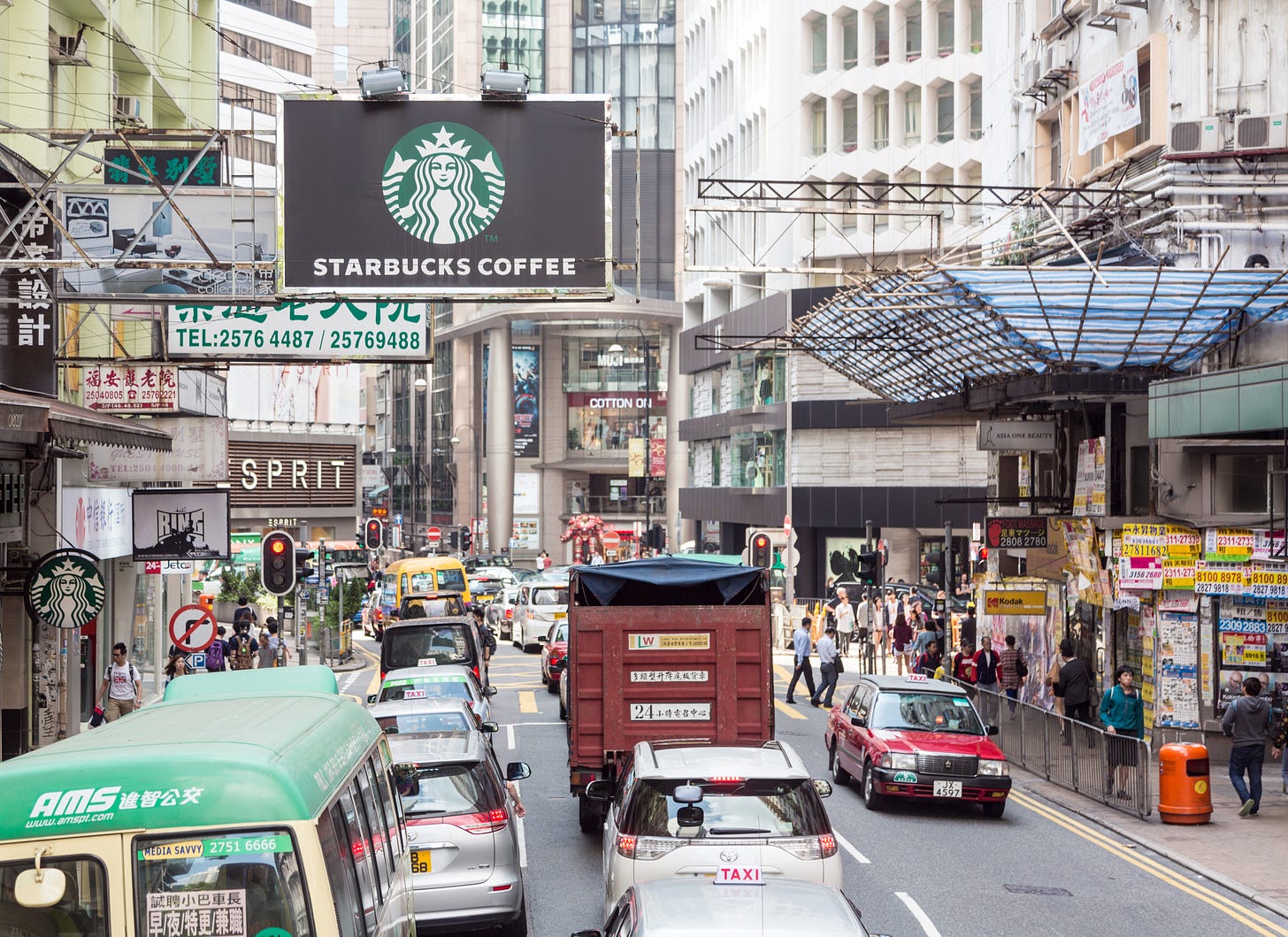
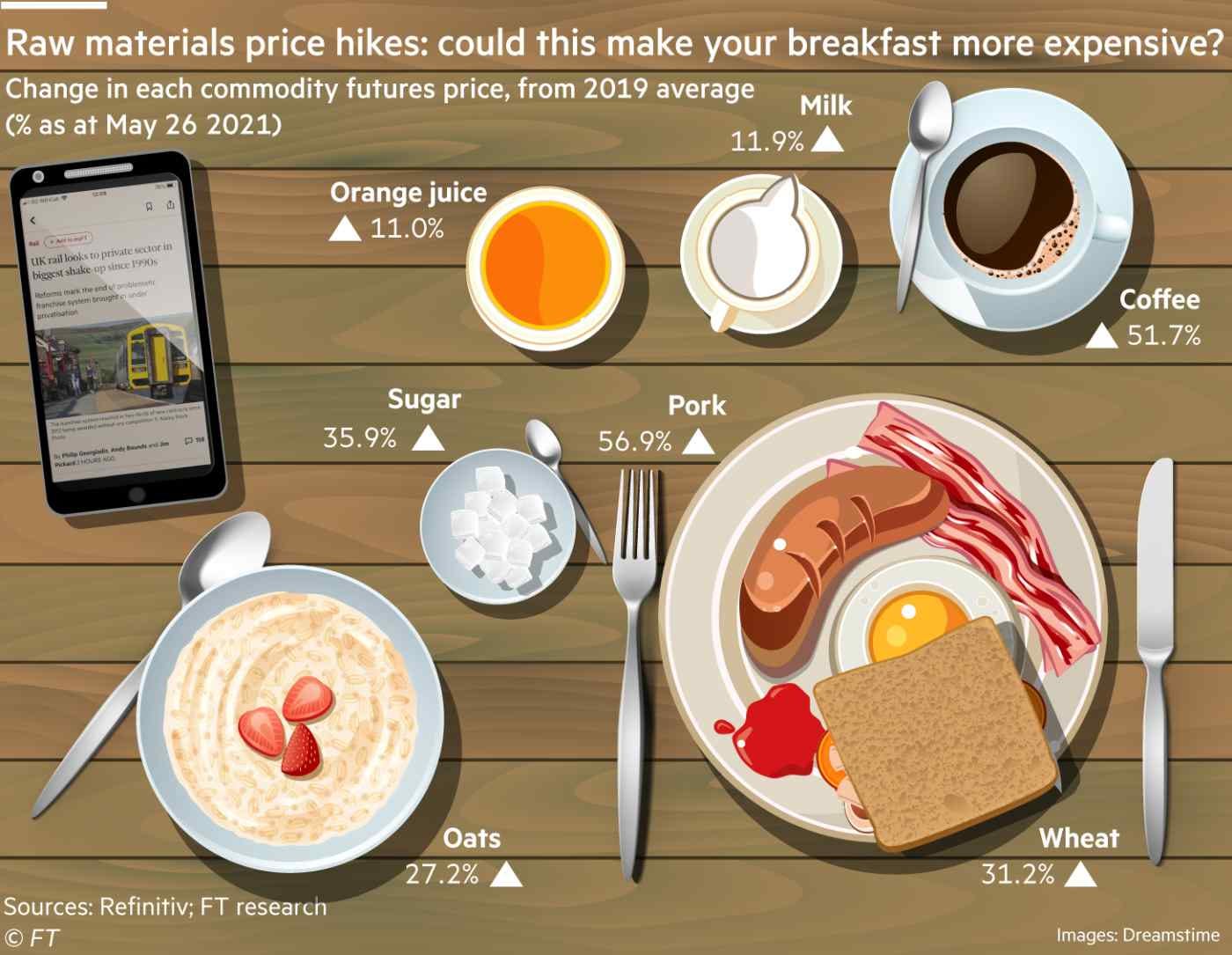
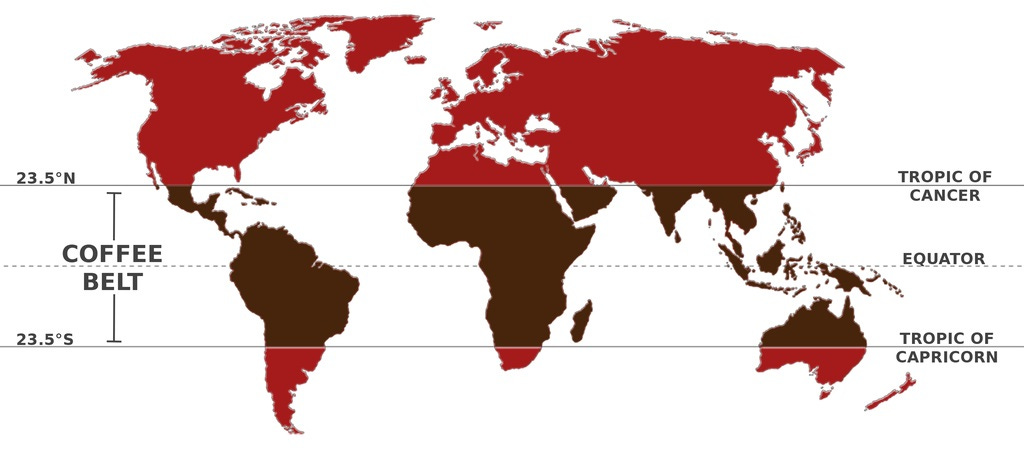
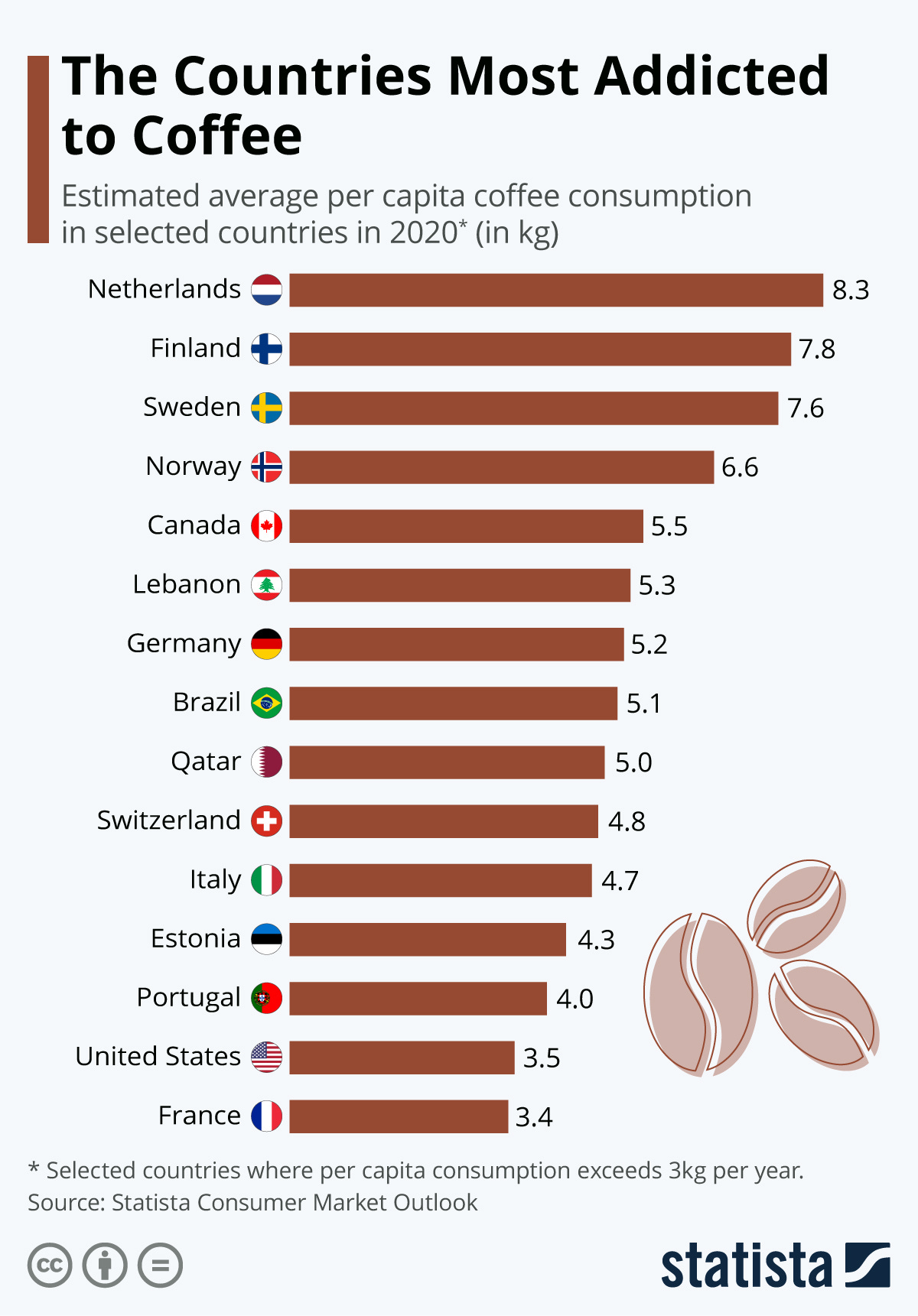
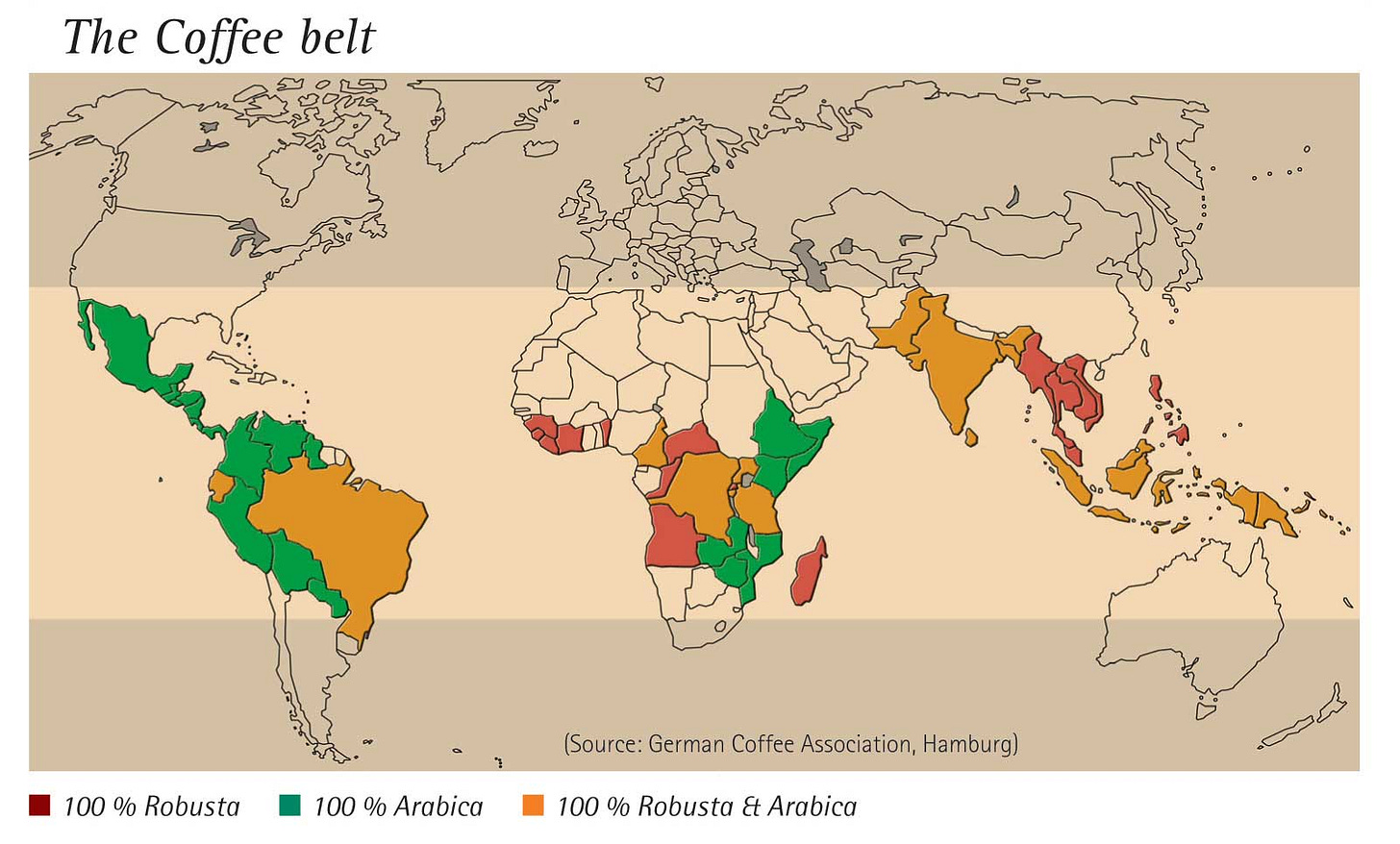

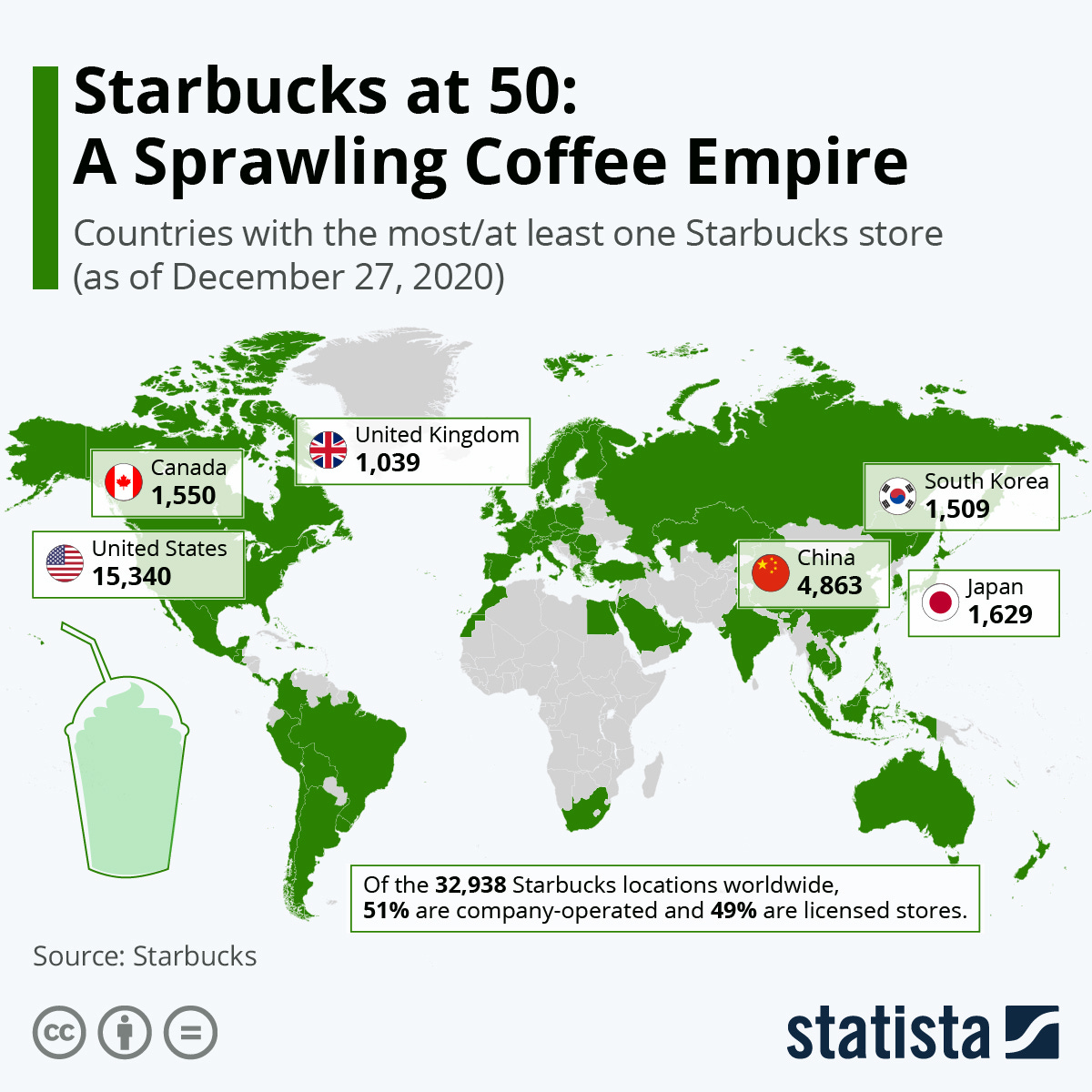
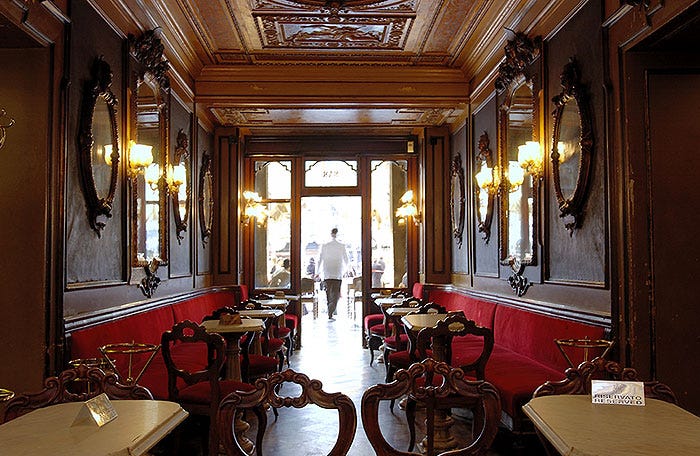
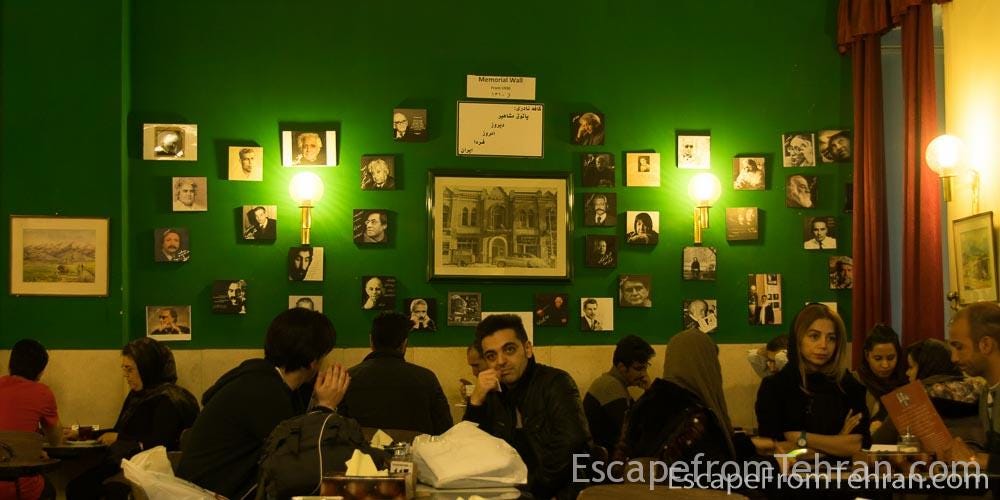
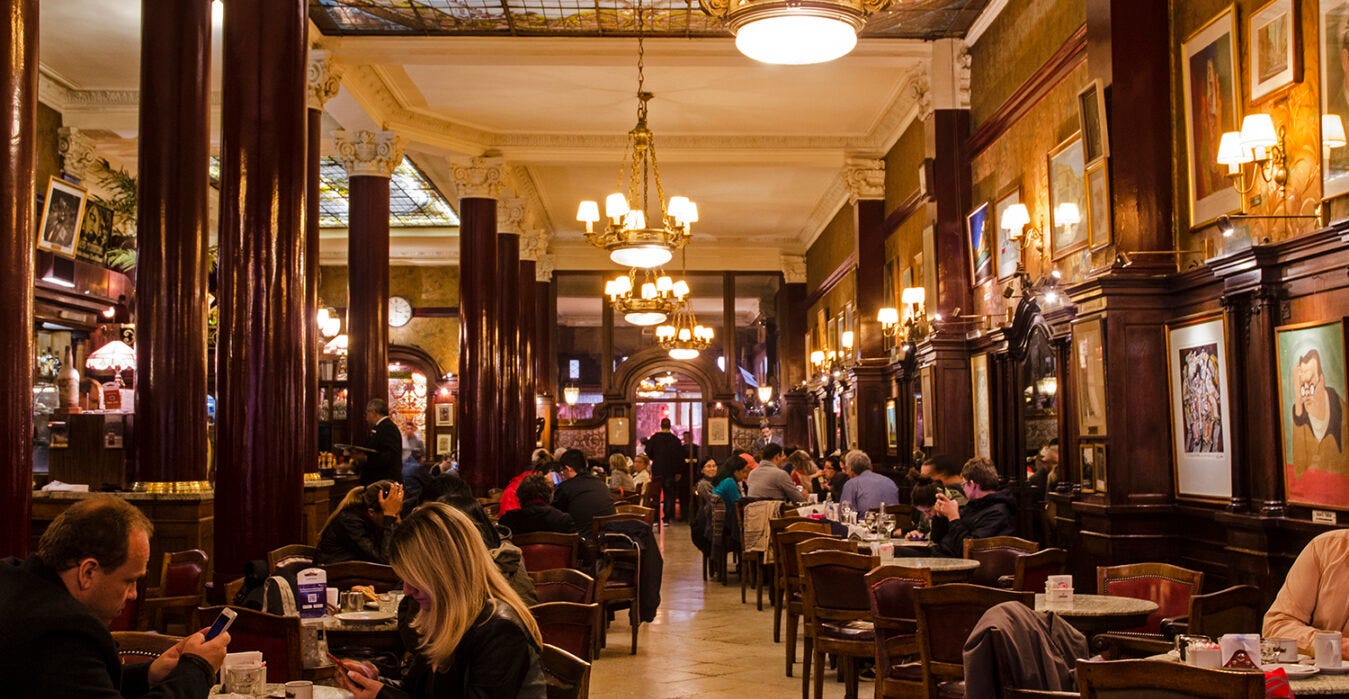
Fun romp through history - a little troubled that you ignored the violence at the heart of the European expansion of coffee planting and the ongoing violence in the current system - as well as the importance of new models of production and distribution - speaking a hyper woke super liberal who loves coffee and makes specific choices about what and where to buy coffee (e.g. no SBux unless stuck in an airport and have to choose between Peets and SB)!! Bad coffee and bad ethics from SBux